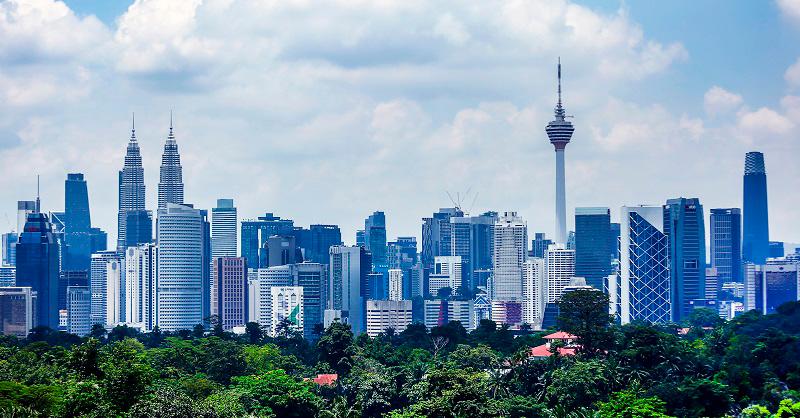PETALING JAYA: With 398 high-rise buildings over 150m tall in Malaysia, experts are raising concerns that many of these structures may not be adequately designed to withstand the increasing threat of regional earthquakes.
According to the Council on Tall Buildings and Urban Habitat, Malaysia, now in fourth place, trails China, the United States and the United Arab Emirates in the number of skyscrapers exceeding 150m.
Although the country has long been regarded as low-risk for seismic activity, structural engineers argue that this perception is outdated, especially as tremors from nearby countries such as Indonesia and Myanmar grow more frequent and intense.
Universiti Teknologi Malaysia structural earthquake engineering expert Prof Dr Azlan Adnan said tremors in Sabah and along fault lines in Peninsular Malaysia indicate that
the country now lies in a low to moderate seismic zone.
“With the growing number of high-rise buildings, particularly in urban areas like Kuala Lumpur and Penang, the potential impact of even distant earthquakes becomes a real concern.”
Azlan pointed out that newer public buildings in Malaysia, constructed after it adopted in 2017 Eurocode 8 (European standard for seismic-resistant design), are generally better equipped.
However, many older and privately developed high-rises remain vulnerable to significant seismic risks.
“One of the key issues is inconsistent enforcement. Eurocode 8 offers a strong framework, but it’s often overlooked unless required by authorities or foreign consultants.
“Some developers still cut corners. Without strict enforcement, seismic safety becomes a matter of individual discretion.”
He warned that buildings constructed on soft soil, common in parts of the Klang Valley, are particularly at risk, as tremors from major quakes in Indonesia or Myanmar can be amplified in such conditions.
The recent earthquake in Myanmar, which caused tremors as far away as Bangkok, has reignited concerns about Malaysia’s exposure to regional seismic activity.
Azlan said retrofitting vulnerable buildings is not only possible but necessary, especially for hospitals, schools and densely occupied residential towers.
“It’s technically feasible, but the cost and complexity often discourage building owners.
“What we need is a nationwide assessment and retrofitting programme to identify and strengthen these at-risk structures.”
Universiti Malaya senior lecturer Assoc Prof Dr Tan Chee Ghuan echoed similar concerns, particularly regarding high-rises built before seismic design became standard practice.
“There’s no official definition of a high-rise in our building codes, but once a building exceeds 10 storeys or around 35m, it starts to respond differently to forces.
“At those heights, wind and seismic loads become dominant, and with soft soil conditions in places like the Klang Valley, the shaking can be much worse,” said Tan, who
is also a structural earthquake engineering expert.
He said seismic waves from distant earthquakes can travel over 1,000km and still cause significant shaking due to soil amplification.
“While landmark towers like KLCC Twin Towers, Merdeka 118 and The Exchange 106 were designed with seismic forces in mind, many typical residential towers were not. They may withstand wind, but earthquakes are a different issue.”
Tan underscored the urgent need to retrofit older buildings, noting that many were constructed before seismic considerations were included in the design process.
He added that while effective materials such as reinforced concrete jackets, steel bracing and fibre-reinforced polymer composites are available, their use in Malaysia remains limited to specialised or large-scale projects.
“Cost is part of the challenge, but perception is another. Too many still believe Malaysia is immune to earthquakes. That mindset has to change.”
Azlan added that true resilience goes beyond engineering.
“Earthquake preparedness isn’t just about concrete and steel, it’s about people, planning, and systems working together. Taking action now will not only reduce risks in the future but also build a safer, more resilient Malaysia.”









